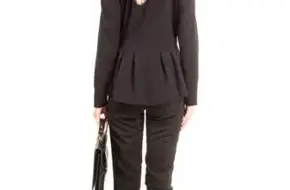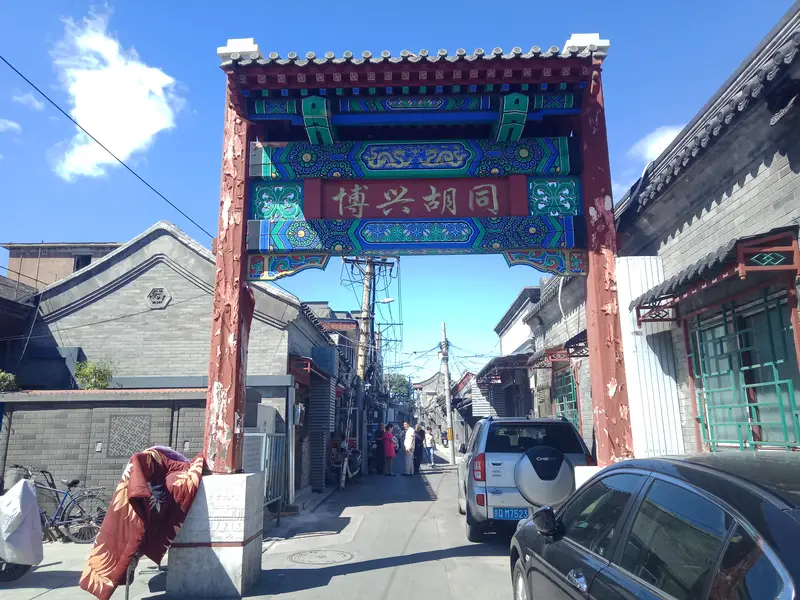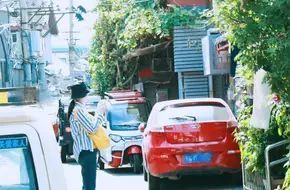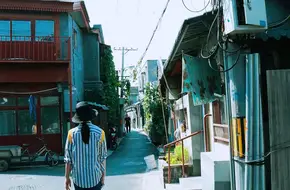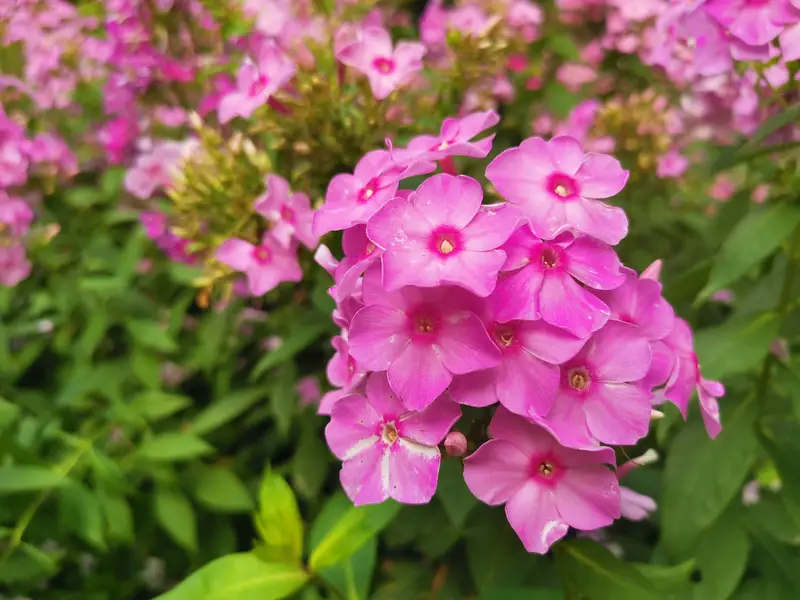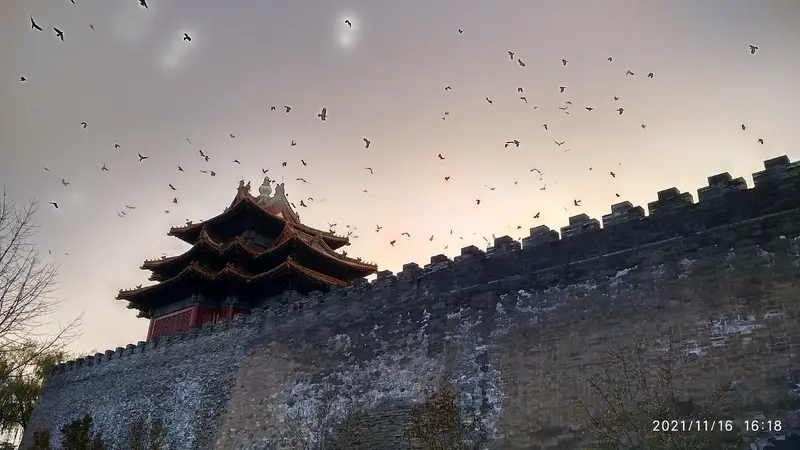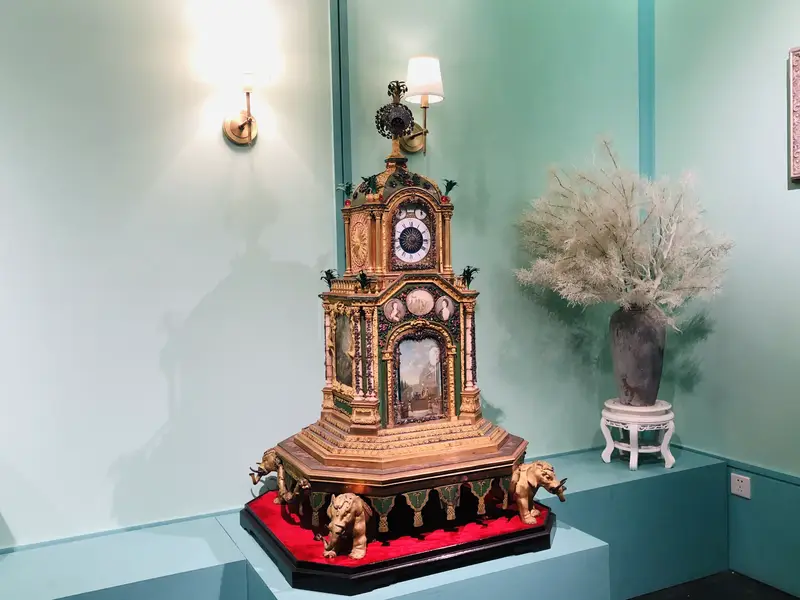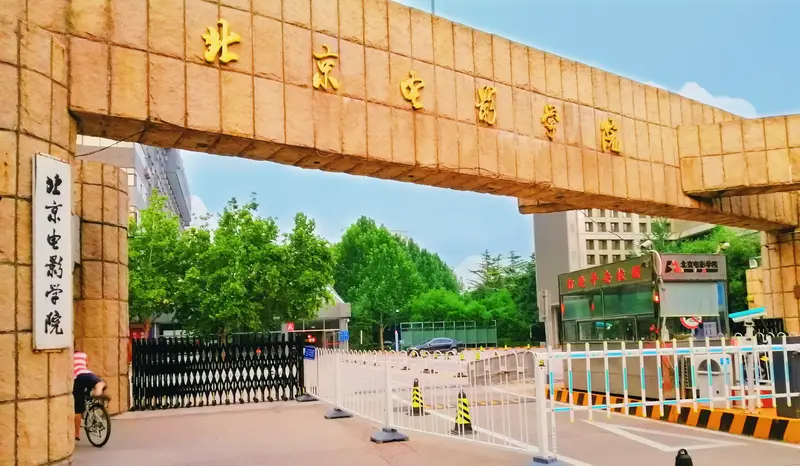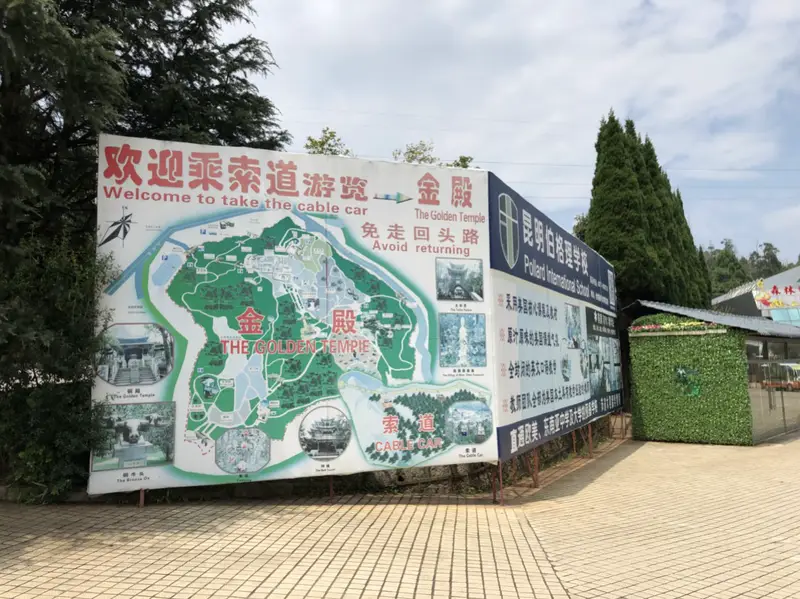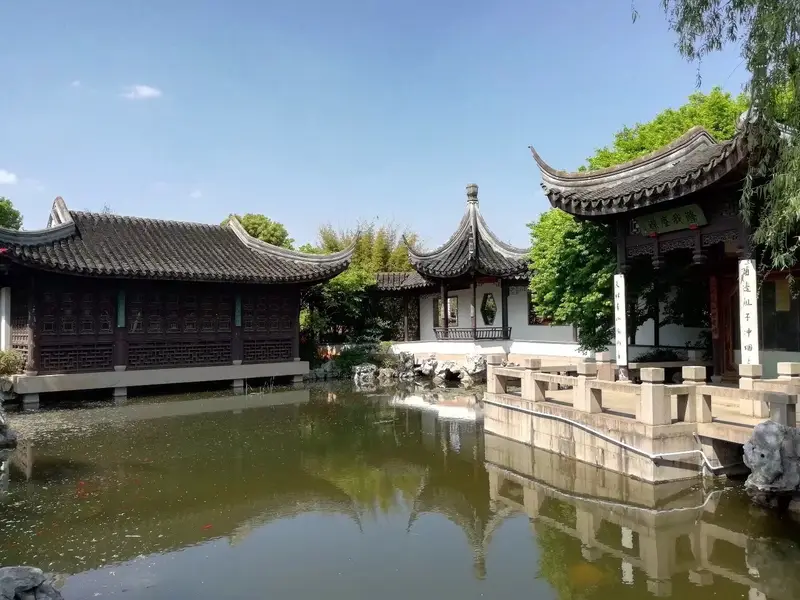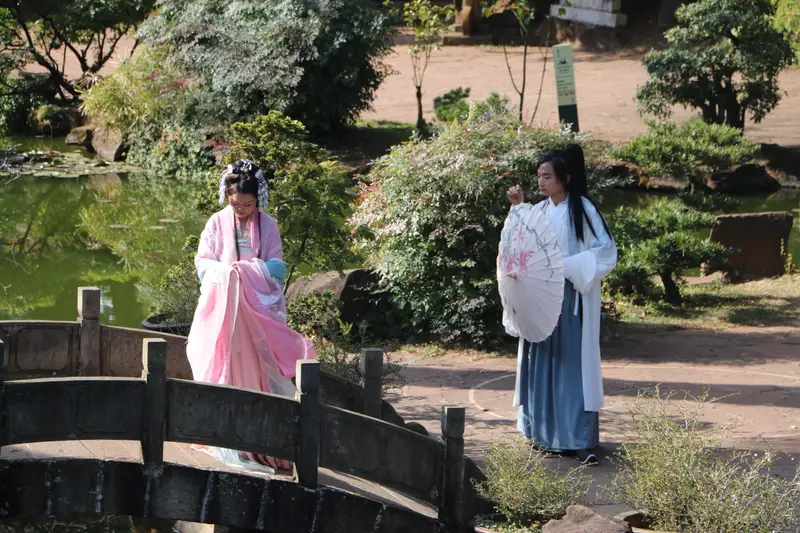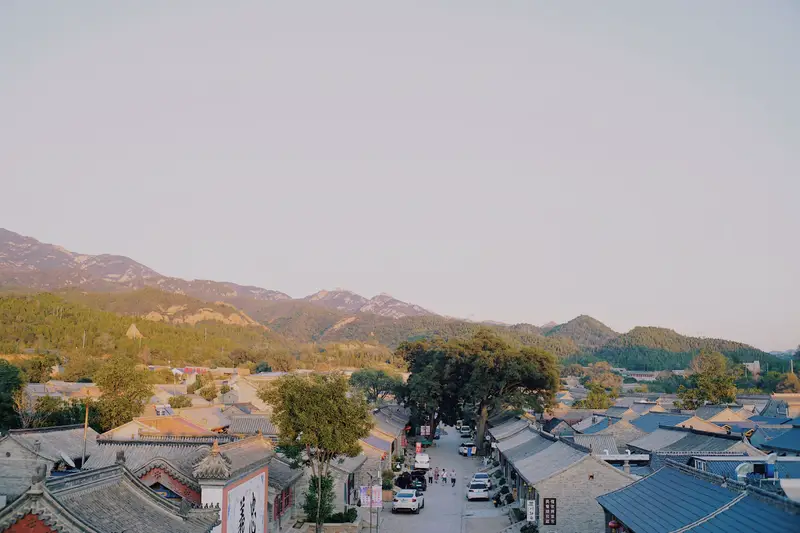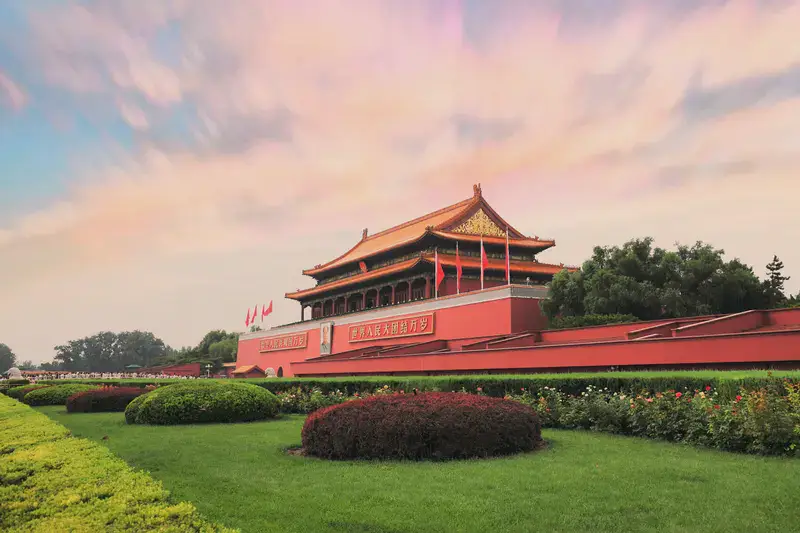Boxing Hutong sits right in the heart of Qianmen Street, just a stone’s throw from the bustling commercial area. Once called Baixing Hutong, this 200-meter-long alley is a textbook example of old Beijing charm. To find it, head to Zongshu Xie Street in Xicheng District (No. 22 is a good landmark), take a sharp left from the middle of the street, and you’ll spot the northern entrance of Boxing Hutong. It’s nestled between Dali Hutong to the north and Xiao Chunshu Hutong to the south—three parallel lanes that feel like time capsules.
Natural Charm in the City
Don’t expect grand landscapes here—Boxing Hutong’s beauty is in its simplicity. The narrow lane is lined with gray-brick walls, some covered in creeping vines, while sunlight filters through rooftops, casting dappled shadows. In spring or autumn, the alley feels especially lively, with locals chatting outside their gates and the faint hum of bicycles whizzing past. It’s not a “scenic” spot in the traditional sense, but the cozy, worn-in vibe of the hutong makes it utterly charming.
History & Cultural Gems
What makes Boxing Hutong special? It’s one of the last pockets of authentic Beijing left. Many buildings here date back decades, with wooden doors painted red, intricate brick carvings, and those iconic stone door pillows (like little lion statues) that old Beijing homes are known for. Wandering through, you’ll pass hidden courtyards (siheyuan) where families still live, and peek through doorways to see laundry hanging overhead—a glimpse into everyday life. Keep an eye out too for faded plaques and old shop signs that hint at the hutong’s layered history.
Food & Local Flavors
Even though Boxing Hutong is tiny, its surroundings are packed with eats! Nearby Zongshu Xie Street is a foodie天堂 (heaven). Try jelly noodles (liangpi) from a street stall, grab a meat-filled bun (roujiamo) for a quick bite, or sit down for hand-pulled noodles at a family-run shop. For something sweet, hunt down traditional Chinese snacks like peanut brittle or sesame paste cakes. Pro tip: Mornings are the best time to explore—locals are out buying breakfast, and the hustle adds to the atmosphere.
Getting Around
Boxing Hutong is super accessible. Take the subway to Qianmen Station (Line 2) and walk 10 minutes. Or hop on buses 22, 48, or 599—get off near Qianmen and ask for directions. If you’re coming from Wangfujing, it’s a 20-minute stroll south. Wear comfy shoes, though—the alleys are cobblestone, and you’ll want to wander off the main path to spot hidden details.
Photo Ops & Souvenirs
This place is a photographer’s dream! The narrow streets, vintage doors, and overhead clotheslines make for Instagram-worthy shots. Early morning or late afternoon light is perfect for capturing the hutong’s textures. For souvenirs, browse tiny shops selling handmade crafts like cloth shoes, paper kites, or old-style teapots. Bargaining isn’t aggressive here—just smile and enjoy the slow pace.
Tips for Visitors
• Go early! Boxing Hutong gets crowded later in the day, especially on weekends. • Respect privacy. Don’t enter private homes without invitation—peek from the gate instead. • Combine with nearby spots. After exploring, walk to Qianmen Tower or the Muslim Street (Niujie Xie) for more sights and food. • Take a guided tour. Some companies offer “rickshaw rides” with local guides—great if you want deeper stories behind the alleys.
Why You’ll Love It
Boxing Hutong isn’t about ticking off attractions—it’s about soaking in the vibe. Whether you’re snapping photos of a crumbling archway, chatting with a grandma selling candied fruits, or just people-watching from a corner, it’s a chance to feel Beijing’s soul. And hey, even if you’ve seen other hutongs, this one’s worth a visit. After all, how many streets let you step into a living museum—and still grab a hot pancake afterwards?

